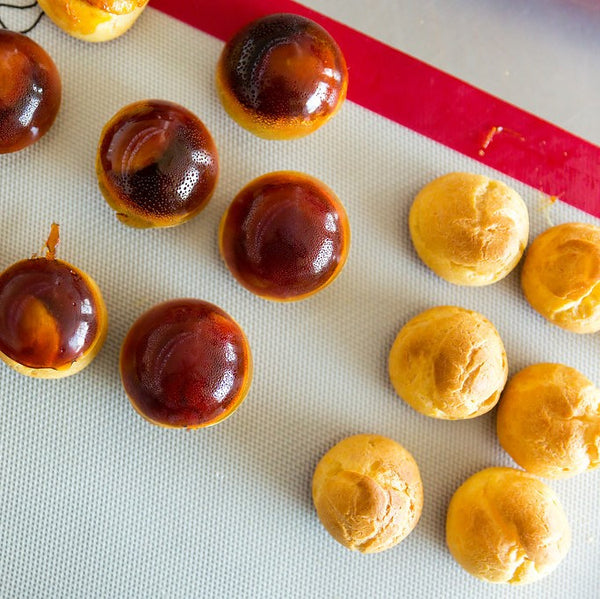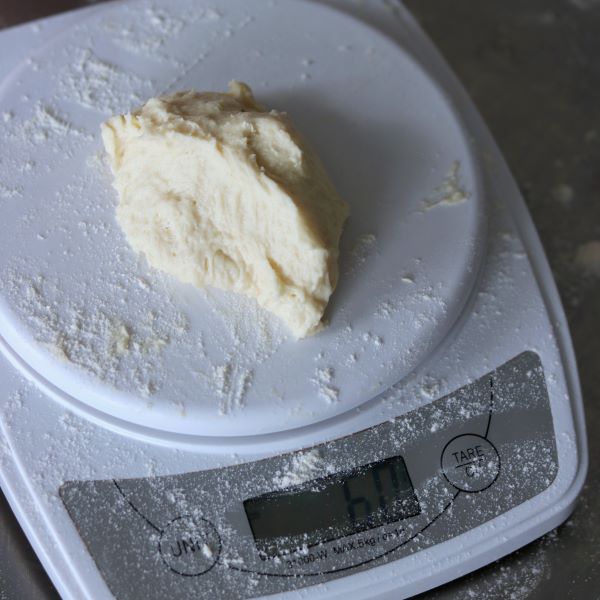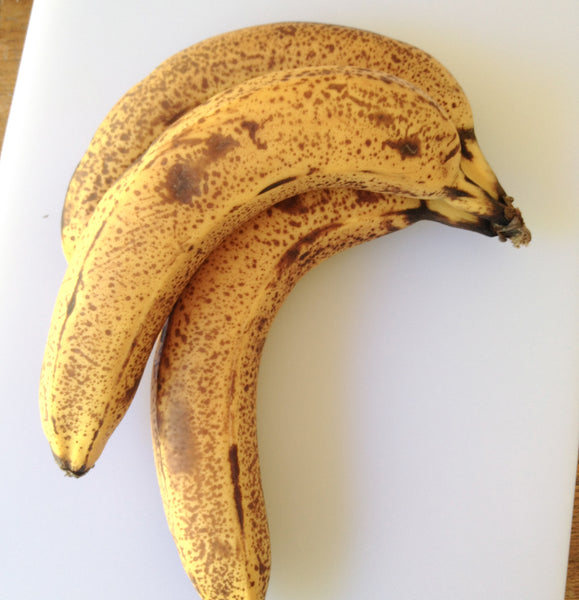BakeTips
Clever and useful tips for your kitchen.

Lining a Shallow Tin
When lining a shallow tin, such as a Swiss roll tin or slice tin, the simplest way to ensure that the base and all four sides are lined is to take a single piece of non-stick baking paper that is about 8cm larger than the base of the tin.
read more

Making Shortcrust Pastry in a Food Processor
Using your food processor when making shortcrust pastry is dead easy and super quick.

Using Frozen Berries
When using frozen berries in your baking add them to the mixture straight from the freezer.
read more

A ‘Ribbon Trail’
Some recipes, like those for sponge cakes, ask you to whisk the egg and sugar mixture until it forms a ‘ribbon trail’.
read more

Rounded Tops
When dipping profiteroles or choux puffs in toffee (when making desserts like a Gateau St Honore) they often end up with flat tops due to being turned toffee-side-down on baking paper for it to set.
read more

Cover your Icing
When making a glacé or royal icing with pure icing sugar, don’t let it sit around uncovered as it will start to set on the top and add lumps to your icing when you stir it (as this one has!).
read more

Greasing and Flouring Cake Tins
Some recipes will ask you to grease and dust your tin with flour if you are baking a cake that is a delicate cake that is prone to sticking to the tin (like sponge cakes) or when the tin is one that you can’t line (like a fluted ring tin, or one with an intricate design, such as a Bundt tin).
read more

Stopping Toffee from Crystalising
Toffee is often used to embellish or complement bakes (think praline, spun toffee and toffee shards).
read more

Weigh your Dough
When making bread dough or biscuit mixtures, an easy way to ensure that your rolls or biscuits are all a similar size, so that they not only look even but will bake in the same amount of time, is to use your scales.
read more

Using tweezers
Tweezers are not your typical baking utensil, but you’ll find them incredibly useful for delicate and intricate decorating work.
read more
Flattening slice bases
It is sometimes hard to flatten a biscuit or pastry base of a slice.
read more

Folding two mixtures together
When folding two mixtures together it’s important to always add the lighter mixture (like whisked egg whites) to the heavier mixture (like a chocolate cake base) rather than the other way around.
read more

Whisking Meringue
When whisking egg whites and sugar to make meringue mixtures it is best to whisk on medium or medium-high speed, NOT high. It will take a couple of minutes extra for you to create your...
read more

Proving Bread Dough
Yeast doughs need to be left in a warm, draught-free place to prove after kneading (known as the bulk prove), and usually again after shaping (known as the final prove).
read more

Balanced Frittatas
To make sure you get equal amounts of different ingredients in each frittata when making individual ones it's a good idea to keep your ‘wet’ ingredients separate from the other ingredients.
read more

Use A Tray
When baking individual tarts place them on an oven tray before putting them in the oven, especially when using tins with a removable base.
read more

Freeze Your Bananas
Don't throw really ripe bananas in the bin if you aren't going to use them straight away - throw them in the freezer instead
read more

Let it Soak
Bread and butter pudding is such a wonderfully comforting dessert, perfect for cooler weather.
read more






